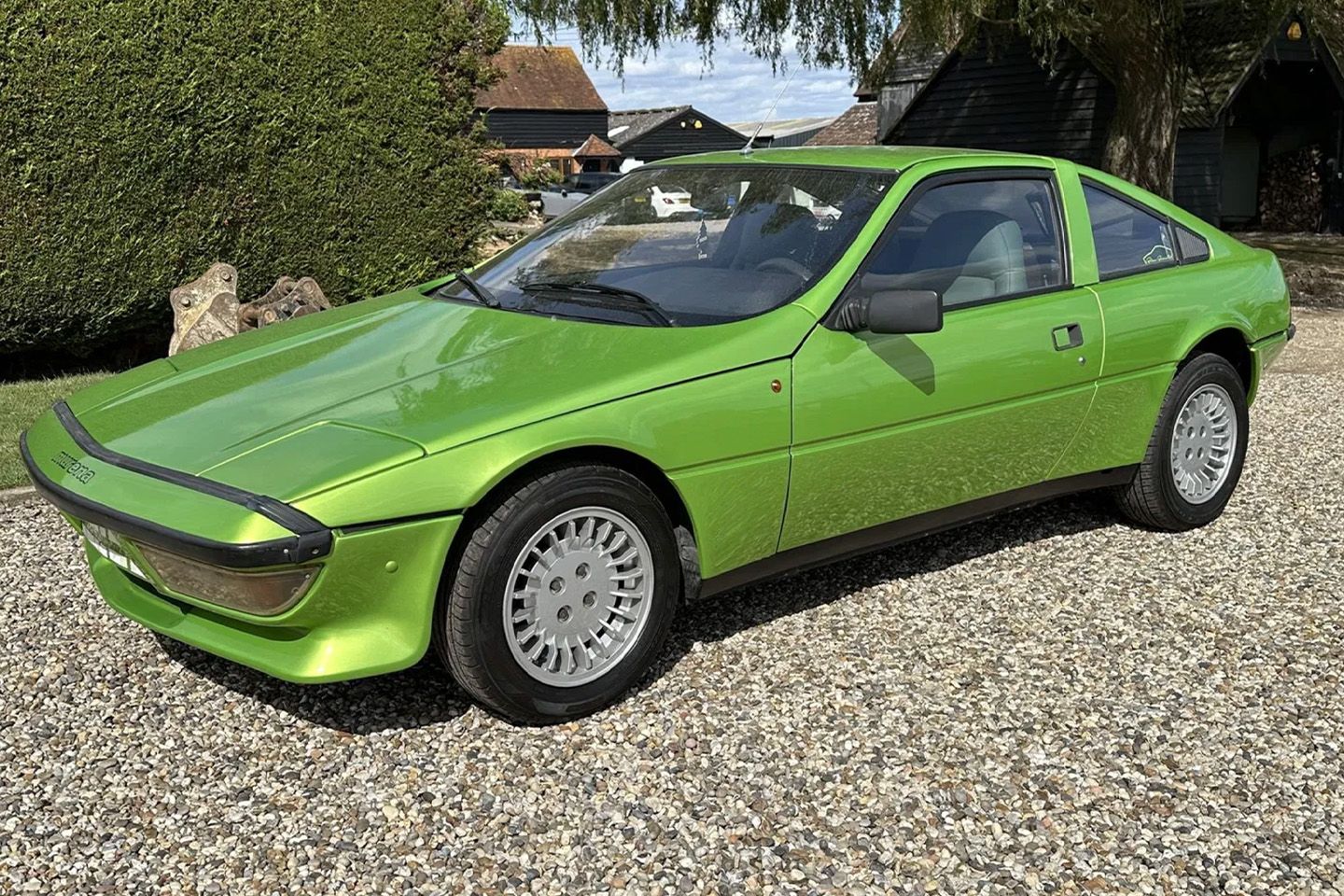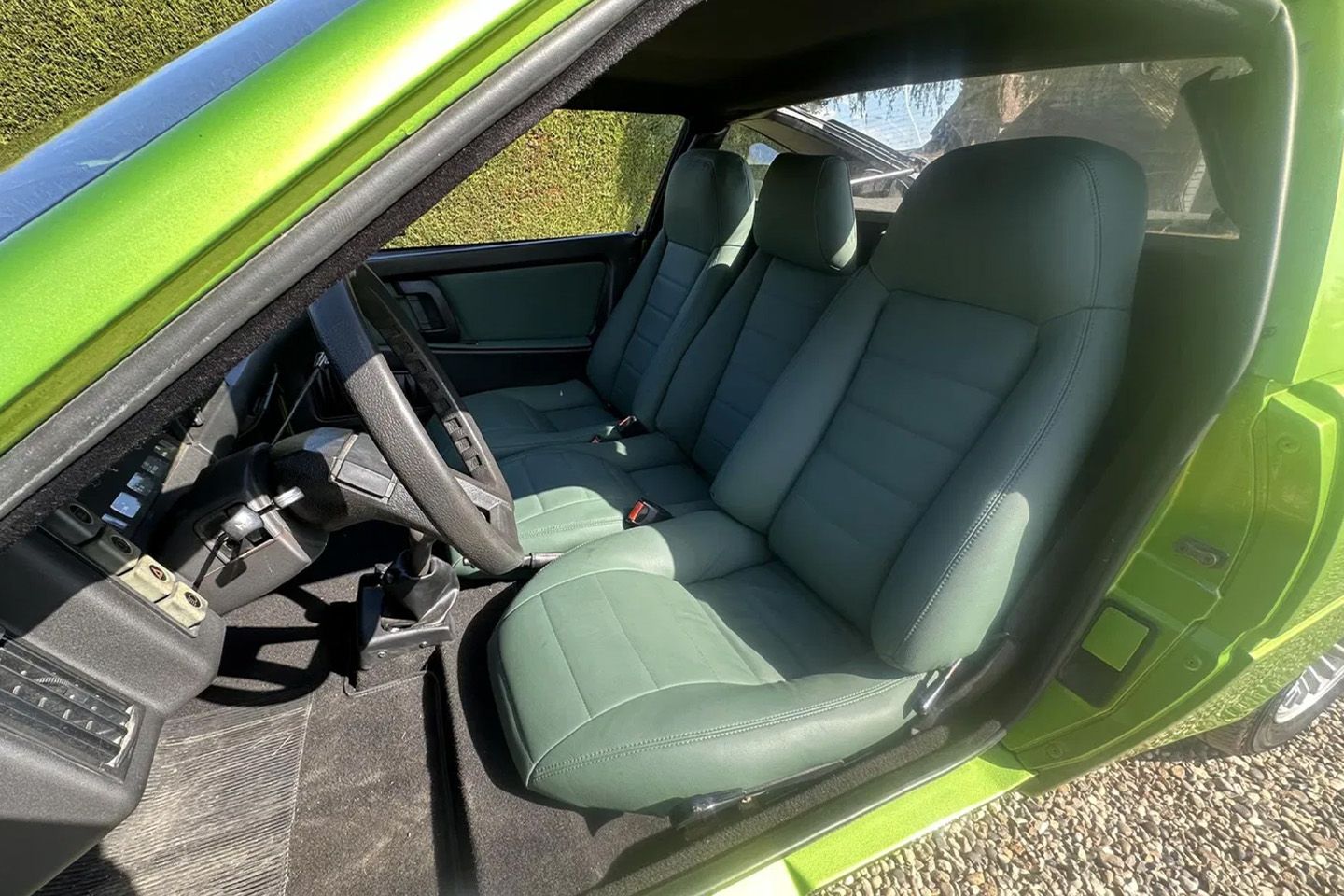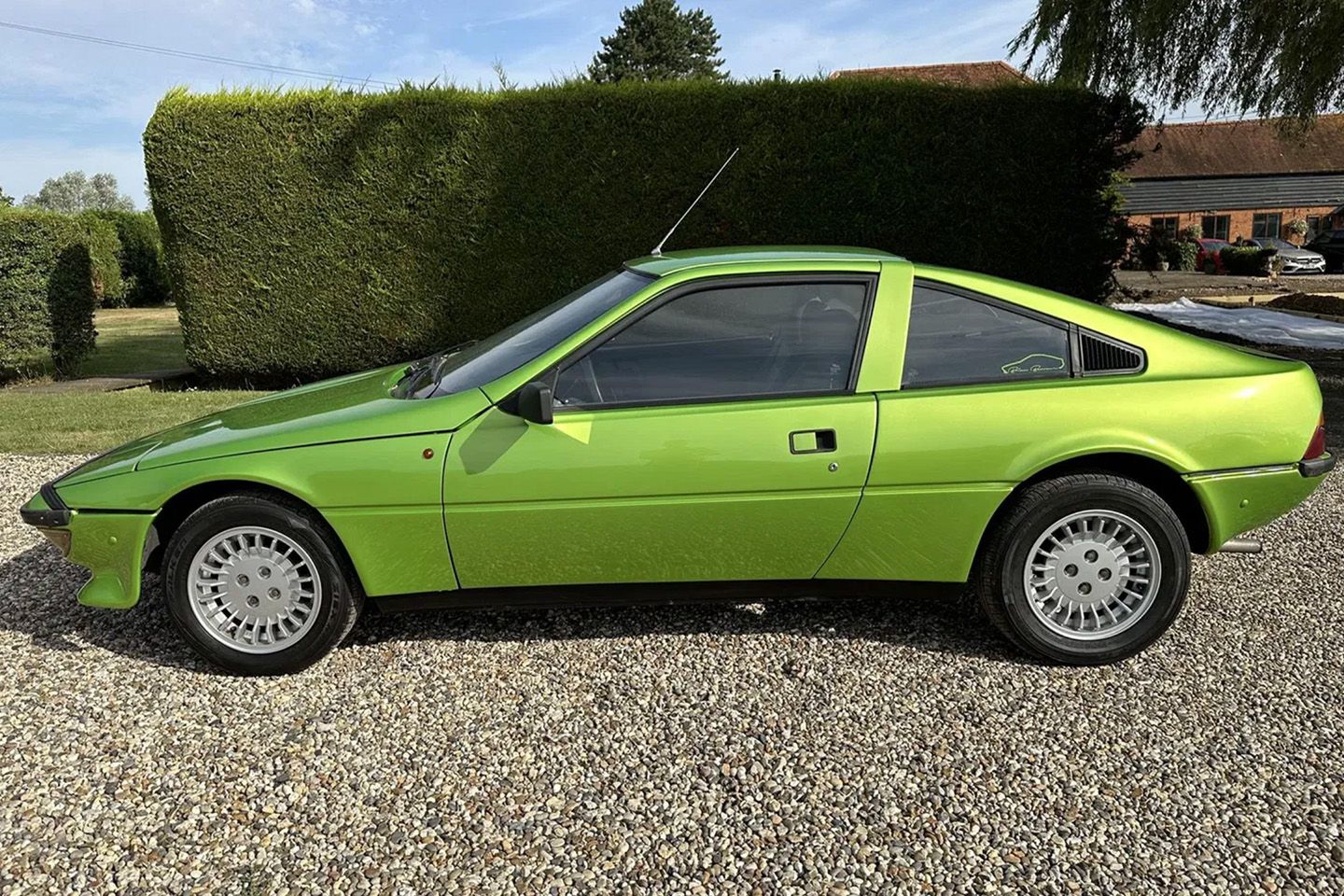Matra Murena | Spotted
Matra's race cars were famous for their wild designs and screaming V12s. Its road cars, on the other hand...

Don’t you just love a car company whose racing endeavours are completely at odds with the stuff it flogs to the general public? You could argue that Peugeot’s in that very position now, as it competes at the very top of the sports car ladder with the 9X8 Le Mans prototype but, aside from the impending E-208 GTI, doesn’t have a proper road-going performance product to its name. And you could potentially lump Honda in there given the Civic Type R is no longer available in Europe, but most manufactures competing in motorsport today have a clear line running between their racing efforts and their road cars.
Matra, the French industrial firm behind some of the greatest-sound racing cars ever made, was no exception. As with many car makers, it began life as an aerospace firm before diversifying into every conceivable industry as seemed to be the norm in France at the time. Naturally, that led the company into the world of automobiles, where its road car sales were fuelled by huge successes in Formula 1 and sports car racing, netting championships in both disciplines and a trio of 24 Hours of Le Mans wins in the 1970s.
However, while Matra’s racing cars were wild-looking prototypes powered by screaming V12s, the company’s road offerings weren’t quite as vocal. True, it knew how to cobble a sports car together, with its first model, the Djet, technically being the world’s first mid-engined production car (though it was built by René Bonnet before Matra acquired it), a layout the company stuck with right up until the Rancho 4x4. And while none of them were especially quick, their tiny footprint and fibreglass bodies made them nice and light… ish.


But what Matra’s lacked in grunt they more than made up for in charm. Take this Murena, for example. This was the company’s last attempt a building a sports car before it turned its attention to building the aforementioned Rancho and, later, the Renault Espace and Aventime. The basic ingredients are there: the engine’s in the middle, the nose sits nice and low, which would have been considered aerodynamic back in 1981, and it weighed less than a tonne (if only just). This being the 1.6-litre model means it’s the least powerful Murena produced with just 92hp on tap, but it more than made up for its lack of grunt with a superb chassis, which was lauded by journalists at the time for its agility.
Poke your head inside and the Murena’s left-fieldness begins to reveal itself. Here we have a car with a three-seat layout a decade before the McLaren F1 made it cool, and while the steering wheel isn’t in the middle, that does at least make it easier to get in and out of. Elsewhere, the two-spoke steering wheel looks wonderfully retro and sits in front of a delightfully blocky dash with big, chunky switchgear either side of it. This particular car has been treated to a seat re-trim, with the front bench now decked in ‘expensive Italian leather’, says the ad, which goes nicely with the ‘Lamborghini metallic green’ exterior colour.
It does appear to have been cherished, which can’t be said for all French oddities of this era. Just 88,000 miles have been covered and there’s said to be a good history file documenting its 44 years on the road. The seller’s looking to get £9,950 for it, which does make you wonder whether you could find anything as quirky with genuine sports pedigree for similar money. Perhaps a Fiat X1/9 if you can find one, but even they look normal next to the Murena. This one's said to come from ‘a very good home’, so here’s hoping it can find another one.
SPECIFICATION |MATRA MURENA
Engine: 1,592 four-cylinder
Transmission: five-speed manual, rear-wheel drive
Power (hp): 92@5,600rpm
Torque (lb ft): 97@5,600rpm
MPG: N/A
CO2: N/A
Year registered: 1981
Recorded mileage: 88,000
Price new: N/A
Yours for: £9,950


This one had room for "his wife and his girlfriend" in the front!
This one had room for "his wife and his girlfriend" in the front!
Parts are not too difficult to source. Some engine, brake and suspension parts are shared with cars from the Talbot range.
There is one UK parts specialist still operating called Matra Magic. Otherwise, there are a few decent European suppliers. There is also a small but very active UK owners club - Matra Enthusiasts Club.
The 2.2 is not fast by modern standards. Mine has a Holby cam and has similar performance to a mk2 Golf GTi 8v (based on classic car runs). It does still handle superbly and is quite practical. It also benefits from being the first monocoque car to have the full chassis treated to a hot dip galvanising bath, eliminating most of the rust issues that plagued the Bagheera and Rancho.
Final point on the article. The Rancho was never a 4x4 and Murena production was stopped to accomodate the Espace due to Renault replacing Peugeot (Talbot) as Matra's production partner. Renault saw the Murena as a direct competitor for their Fuego and denied Matra access to the more modern Douvrain 2.0 16v engine. I never understood that myself, as one is a sports car and the other a fwd coupe....
Parts are not too difficult to source. Some engine, brake and suspension parts are shared with cars from the Talbot range.
There is one UK parts specialist still operating called Matra Magic. Otherwise, there are a few decent European suppliers. There is also a small but very active UK owners club - Matra Enthusiasts Club.
The 2.2 is not fast by modern standards. Mine has a Holby cam and has similar performance to a mk2 Golf GTi 8v (based on classic car runs). It does still handle superbly and is quite practical. It also benefits from being the first monocoque car to have the full chassis treated to a hot dip galvanising bath, eliminating most of the rust issues that plagued the Bagheera and Rancho.
Final point on the article. The Rancho was never a 4x4 and Murena production was stopped to accomodate the Espace due to Renault replacing Peugeot (Talbot) as Matra's production partner. Renault saw the Murena as a direct competitor for their Fuego and denied Matra access to the more modern Douvrain 2.0 16v engine. I never understood that myself, as one is a sports car and the other a fwd coupe....
I think it looks great too
Parts are not too difficult to source. Some engine, brake and suspension parts are shared with cars from the Talbot range.
There is one UK parts specialist still operating called Matra Magic. Otherwise, there are a few decent European suppliers. There is also a small but very active UK owners club - Matra Enthusiasts Club.
The 2.2 is not fast by modern standards. Mine has a Holby cam and has similar performance to a mk2 Golf GTi 8v (based on classic car runs). It does still handle superbly and is quite practical. It also benefits from being the first monocoque car to have the full chassis treated to a hot dip galvanising bath, eliminating most of the rust issues that plagued the Bagheera and Rancho.
Final point on the article. The Rancho was never a 4x4 and Murena production was stopped to accomodate the Espace due to Renault replacing Peugeot (Talbot) as Matra's production partner. Renault saw the Murena as a direct competitor for their Fuego and denied Matra access to the more modern Douvrain 2.0 16v engine. I never understood that myself, as one is a sports car and the other a fwd coupe....
I think it looks great too
Gassing Station | General Gassing | Top of Page | What's New | My Stuff





